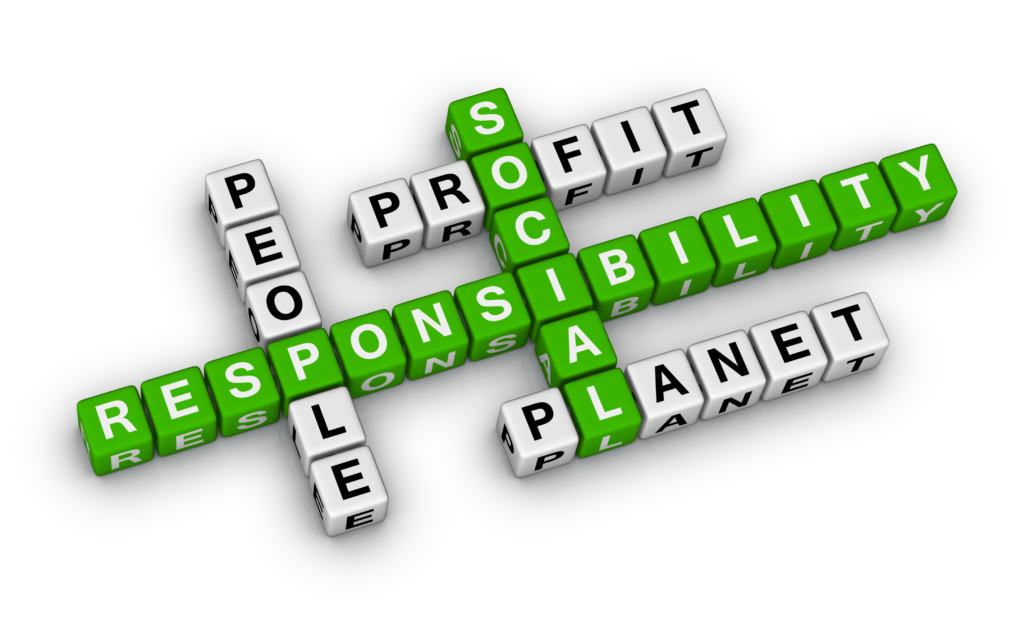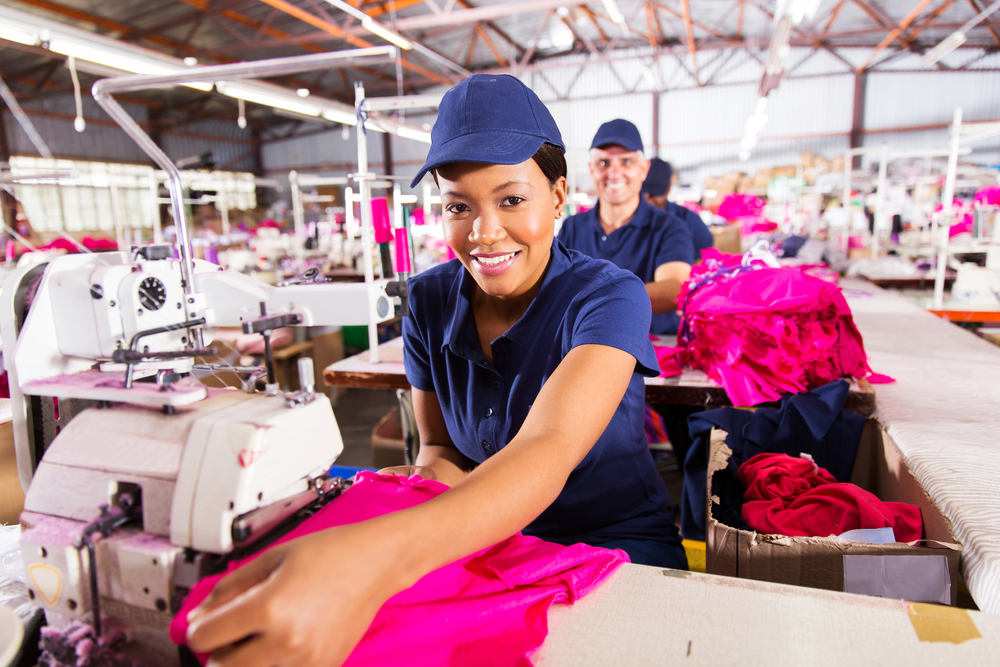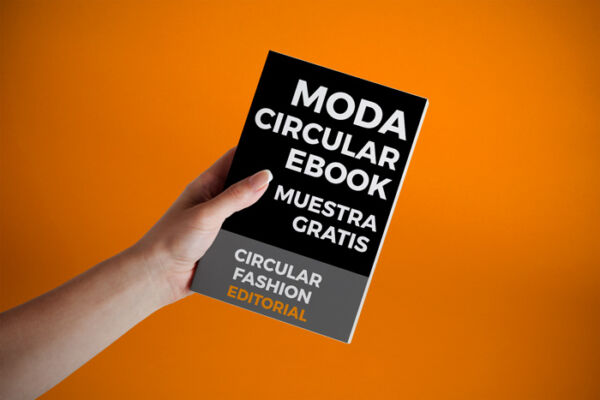In the previous article, we analyzed the current situation of the fashion industry in terms of its sustainability and corporate social responsibility through the “Pulse of the Fashion Industry” Report by the Global Fashion Agenda & The Boston Consulting Group. In this new article we will delve into the scenario for change and the concrete actions that the same study proposes and that, if implemented, will make the fashion industry more sustainable and socially responsible every day.
My recommendation, for a better interpretation of the situation, is that you read this previous article: Responsible and sustainable fashion.

The landscape for change in the sustainable textile industry..
In order to seize the important opportunity for the world economy and ensure future profitability, the textile industry must take two kinds of measures. The first is concrete, practical, economically viable actions that are currently being implemented by leading companies in the sector. The second is to take two leaps into the future: to innovate through the incredible developments taking place in research centers and to work together to generate a momentum for change that is faster and has greater impact across the industry. To conduct this work, the study presents us with a landscape for change that will support the smart growth of the industry.
This landscape for change presents a series of objectives, each of which combines immediate actions with other disruptive ones that depend on mutual collaboration and innovation.
Environmental – Closed loop recycling – No value leakage, e.g., one garment recycled for every new garment produced• Sustainable material mix – 100% sustainable fibers with low footprint, e.g., replacing conventional cotton • Reduced energy footprint – Minimized energy consumption and 100% carbon neutrality• Chemical and water optimization – No hazardous chemicals and no water pollution • Production-to-demand – No overproduction
Social – • Rebalanced industry economics – Fair and equal pay to worker and skill development for all workers • Health and safety excellence – 100% safe working places fostering well-being and morale • Advocacy of human rights – No human rights abuses and full rights advocacy.
Overarching – • Transparency and traceability – Full visibility on all tiers’ supplier performance and conditions • Consumer engagement – Complete customer information on a garment’s life-cycle impact, environmentally and socially • Novel business models – Full utilization of purchased fashion products.

Moving toward these goals will go a long way toward achieving the €160 billion a year opportunity for the world economy. Staying on the current path, by contrast, will put the industry at risk of significantly higher costs. Evaluations of business strategies and models with sustainability and CSR measures demonstrate that improving the environmental and social impact of a fashion brand is not necessarily detrimental to profitability and this is without calculating the positive effect on risk management and brand. For example, calculating the business model for energy efficiency reveals a potential for improvement of approximately 1 percentage point of EBIT – earnings before interest and taxes.
The regulator as an amplifier.
Regulators – Governments, Public Administration, other Institutions – also have an important role to play. So far, in addition to minimum wages and chemicals, fashion has faced few regulatory interventions. But this could change -and suddenly- if public opinion begins to blame the fashion industry for the sustainability deficit. It is much better for the industry to take control and move towards the necessary changes. This would not only pre-empt unilateral restrictions, but could generate supporting regulations that reinforce sustainability goals and motivate change.
The consumer with the power to tip the scale.
It is obvious that the power to tip the scale is also in the hands of consumers, and previous analysis shows that they are more sensitive to environmental, social and ethical concerns than consumers in past decades. Forward-thinking fashion brands can join forces with consumers in a long-term bid for best practices and transparency in the value chain. Through education, constant information and creative incentives, consumers can gradually change their habits to reduce their own footprint.
Collaboration and innovation needed on an unprecedented scale 
To date, leading brands and other multi-stakeholder initiatives have demonstrated incredible commitment and made significant progress. Best practices are available in all segments of the industry and substantial innovations are emerging. Implementing and applying what is generated is very important to improve the impact of the industry. But that will not be enough. What is necessary and mandatory is a collective effort that would allow the industry to move forward on the most important objectives, such as a unified standard for recycling.
Such an effort needs a unified agenda with clear objectives. It should be led by the major brands in the industry, which have shown that they are ahead of the curve when it comes to finding appropriate solutions and practices to environmental and social problems. The point is to establish an ecosystem that encourages all parts of the industry to collaborate on key issues. Stakeholder initiatives, acting beyond their commercial interests, can provide guidance and promote the necessary cohesion. But the dispersed and fragmented set of initiatives and certifications is confusing for brands, innovators, suppliers and taxpayers. Consolidation is inevitable to concentrate time, energy and money.
With most of the industry united around an agenda with the same goals, it is possible to drive the necessary systemic change and work together on disruptive innovation. As ideas emerge, organizations and brands can support pilot programs and then expand them to achieve the necessary commercial viability. In addition, such collective investments would reduce costs and allow the magnitudes necessary to “move the needle”, as can be seen in other industries where these practices have been common and successful.
Since its inception -certainly since the development of mass fashion markets- the fashion industry has always had its eyes set on the clothing lines to be launched next season. In the context of a globalized world marked by seasons impacted by “the heavy hand of man”, the textile industry must now look to the future even further.
Each one of us from our place, we will make it possible and a reality!
You can find everything about sustainable fashion and the industry in my Blog at Modaes.es
¡GRATIS! Subscríbete y obtén las primeras páginas ahora.

Ingresa tu email aquí debajo:
* Muestra del ebook exclusiva para suscriptores del blog.















































